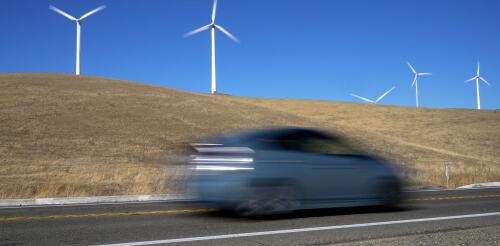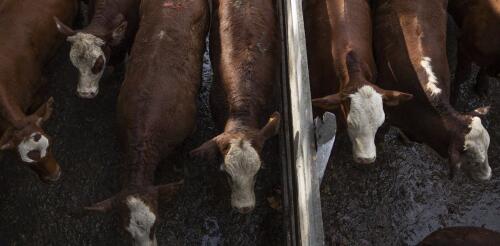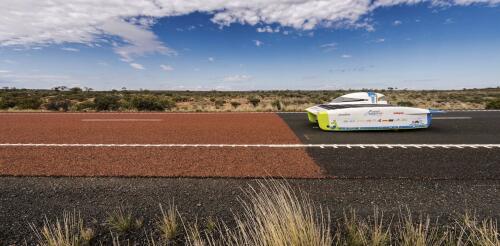environment
Aedes aegypti mosquitoes, one of the most common species in the U.S., love everything about humans. They love our body heat and odors, which enable them to find us. They love to feed on our blood to make their eggs mature. They even love all the standing water that we create. Uncovered containers, old tires and junk piles collect water and are perfect for breeding. And with the advent of warm weather across the southern U.S., mosquito breeding season is already underway. Given all the options that Aedes females have in urban areas, how do these cosmopolitan mosquitoes find the perfect site to lay their eggs? Scientists previously thought this was a solitary act, but now research shows that female Aedes aegypti mosquitoes – the main vector in the U.S. for diseases such as Zika, dengue, chikungunya and other viruses – can rely on one another for good reviews of breeding sites. Our Laboratory of Tropical Genetics at Florida International University discovered a new b...
Earth Day is April 22, and climate activists around the world are planning rallies and other events to draw attention to the growing threats posed by climate change. Many of these demonstrations will focus on what humanity can do to stop fueling the damage. But while activists are amplifying the dire findings from scientists, you’ll likely see fossil fuel supporters attacking them on social media and TV. It’s easy to get caught up in the myths about climate activism, particularly in today’s polarized political environment. So, let’s take a moment to explore the truth about three of the big myths being told about climate activism and the climate movement today. Myth 1: Climate activists are just young people The media tends to focus most of its attention on young people in the climate movement, including those inspired by Greta Thunberg’s school strikes for climate, the international Fridays for Future, or the Sunrise Movement, which focuses on U....
Panasonic’s new US$4 billion battery factory in De Soto, Kansas, is designed to be a model of sustainability – it’s an all-electric factory with no need for a smokestack. When finished, it will cover the size of 48 football fields, employ 4,000 people and produce enough advanced batteries to supply half a million electric cars per year. But there’s a catch, and it’s a big one. While the factory will run on wind and solar power much of the time, renewables supplied only 34% of the local utility Evergy’s electricity in 2023. In much of the U.S., fossil fuels still play a key role in meeting power demand. In fact, Evergy has asked permission to extend the life of an old coal-fired power plant to meet growing demand, including from the battery factory. With my students at Wellesley College, I’ve been tracking the boom in investments in clean energy manufacturing and how those projects – including battery, solar panel and wind turbine...
In Argentina, where beef is a symbol of national pride, a government-led partnership has started certifying certain livestock as carbon neutral. It’s a big step that shouldn’t be underestimated, but getting the certification process right is crucial. The world’s livestock sector is a key driver of climate change, contributing around 12% of global greenhouse gas emissions. Two-thirds of agriculture’s annual greenhouse gas emissions come from livestock, with raising cattle for meat typically being the most emissions-intensive activity. While shifting diets to plant-based foods and alternative proteins can help reduce emissions, global meat consumption is growing with an expanding population and rising prosperity. There are ways that livestock producers can reduce those emissions. However, beyond social pressure, ranchers have few incentives to do so. Unless those steps to reduce emissions also increase productivity, they typically become costs with little...
Curious Kids is a series for children of all ages. If you have a question you’d like an expert to answer, send it to curiouskidsus@theconversation.com. Why aren’t there solar-powered cars? – Emma, age 16, Springville, Utah Solar cars exist. The best place to see them is the World Solar Challenge, a race that’s held every two years in Australia. Competitors have to drive about 1,870 miles (3,000 kilometers), from Darwin on the country’s north coast to Adelaide on its south coast, using only energy from the Sun. Many cars that compete in this race look more like amusement park rides or science fiction vehicles than the cars you see on the road. That tells you something about why solar cars aren’t an option for everyday travel, at least not yet. Collecting enough sunlight While a lot of sunlight falls on Earth during the day, the light becomes scattered as...




